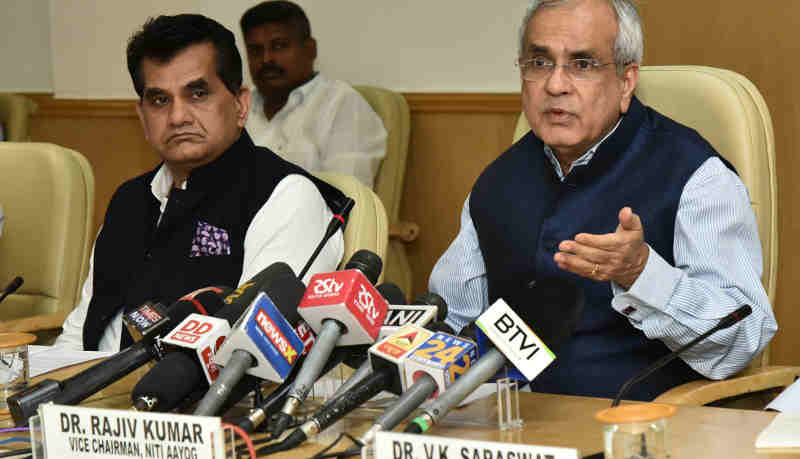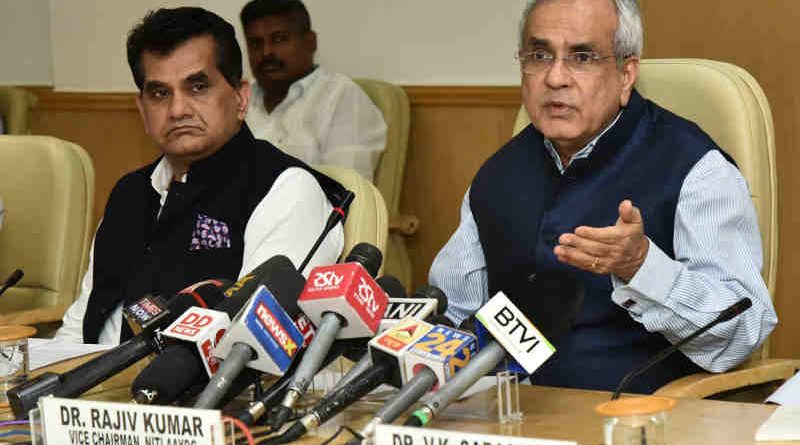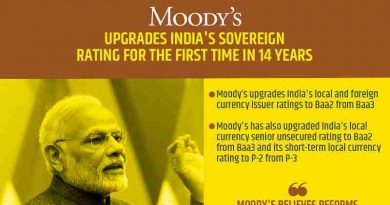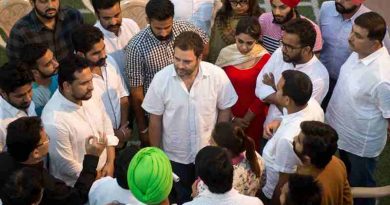NITI Aayog Releases Strategy for New India @ 75

The planning arm of the Government of India, NITI Aayog, today unveiled its national Strategy for New India, which defines the objectives to be achieved by 2022-23.
It is a detailed document across 41 crucial areas that recognizes the progress already made, identifies binding constraints, and suggests the way forward for achieving the clearly stated objectives.
The ‘Strategy for New India @75’ was released today at a press conference by the Union Finance Minister Arun Jaitley, in the presence of NITI Aayog Vice-Chairman Dr Rajiv Kumar, Members Dr Ramesh Chand and Dr VK Saraswat, and CEO Amitabh Kant.
Drawing inspiration and direction from the Prime Minister Narendra Modi’s call for establishing a New India by 2022, NITI Aayog embarked on a journey of formulating the Strategy document over the last year.
[ Read and Download RMN Publications ]
In his foreword the Prime Minister says, “The Strategy for New India @75 put together by NITI Aayog is an attempt to bring innovation, technology, enterprise and efficient management together, at the core of policy formulation and implementation. It will encourage discussion and debate, and invite feedback for further refining our policy approach. We believe that economic transformation cannot happen without public participation. Development must become a Jan Andolan.”
NITI Aayog followed a participative approach in preparing the strategy. Each area vertical in NITI Aayog had in-depth consultations with all three groups of stakeholders, such as business persons, academics including scientists, and government officials.
This was followed by consultations at the level of the Vice Chairman with a diverse group of eminent persons from seven sets of stakeholders that included scientists and innovators, farmers, civil society organizations, think-tanks, labor representatives and trade unions, and industry representatives.
The government claims that over 800 stakeholders from within the government – central, state and district levels – and about 550 external experts were consulted during the preparation of the document.
The 41 chapters in the document have been categorized under four sections: Drivers, Infrastructure, Inclusion, and Governance.
Photo courtesy: Press Information Bureau





